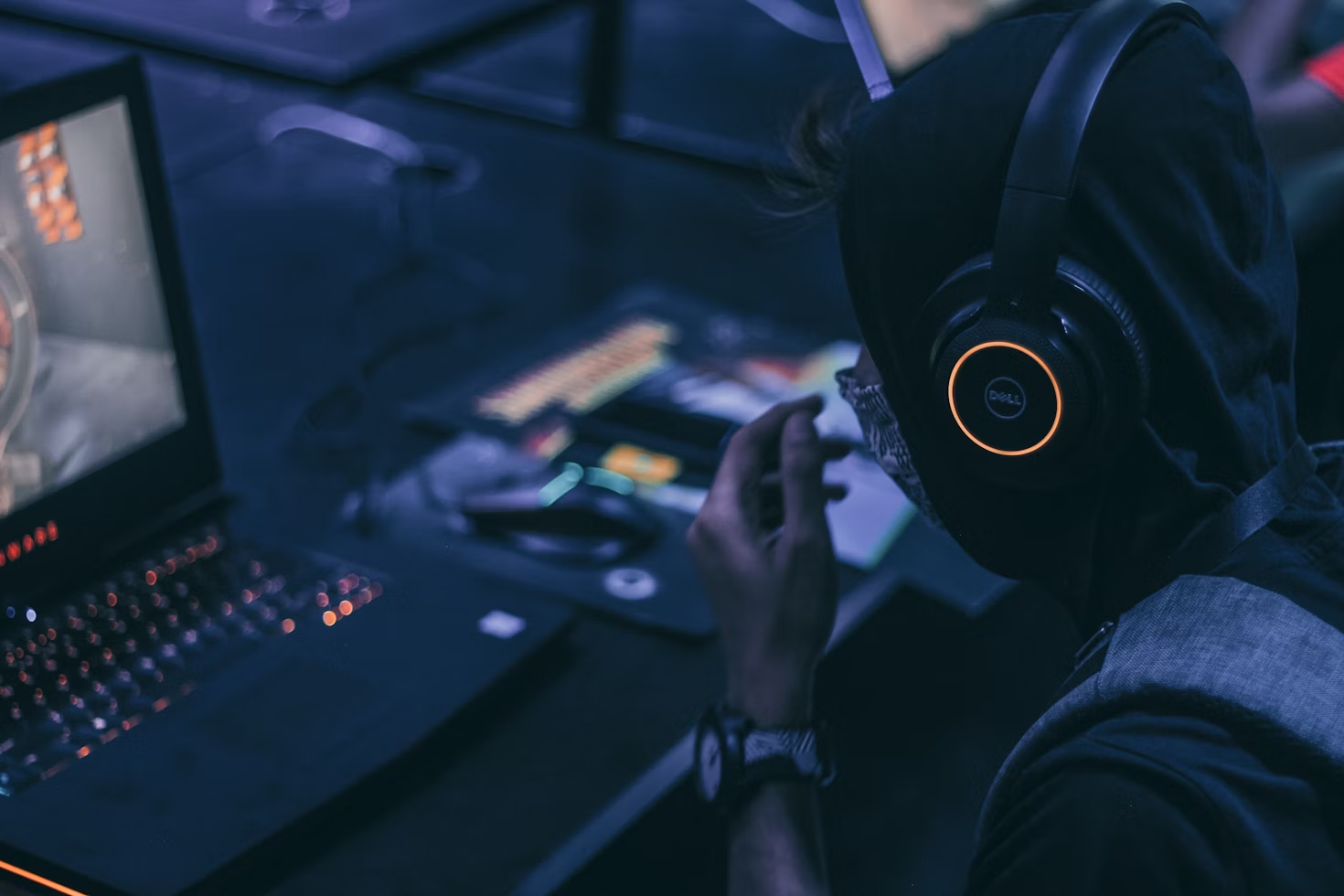Gaming on a laptop is a popular choice for those who want portability without sacrificing performance. However, laptops often face challenges when it comes to delivering top-tier gaming experiences due to their compact size and hardware limitations. In this post, we’ll explore effective strategies to boost your laptop’s gaming performance, ensuring smoother gameplay and improved FPS (frames per second).
1. Update Your Graphics Drivers
One of the first steps in boosting your gaming performance is to update your graphics drivers. Manufacturers like NVIDIA, AMD, and Intel regularly release updates to optimize performance, fix bugs, and improve compatibility with new games. Check your GPU’s driver software or visit the manufacturer’s website for the latest updates.
2. Optimize Game Settings
Adjusting your game’s graphics settings can greatly enhance performance. Lowering settings such as texture quality, anti-aliasing, and shadows can reduce the load on your laptop’s GPU, resulting in smoother gameplay. While it may reduce the visual fidelity, it significantly boosts frame rates.
3. Close Background Programs
Background programs can consume valuable system resources, affecting your gaming performance. Before you start gaming, close unnecessary applications such as browsers, music players, and messaging apps. This frees up your laptop’s CPU and RAM, allowing more power for your game.
4. Upgrade Your Laptop’s RAM
Upgrading your laptop’s RAM can provide a noticeable improvement in gaming performance. Most modern games require a significant amount of memory to run smoothly. If your laptop has less than 8GB of RAM, consider upgrading to 8GB or more to avoid lag and stuttering during gameplay.
5. Use a Cooling Pad
Overheating is a common issue in gaming laptops. When your laptop gets too hot, its performance can throttle, resulting in lower frame rates and potential crashes. Using a cooling pad helps improve airflow, keeping your laptop cooler and preventing performance dips during extended gaming sessions.
6. Enable Battery Saving Mode (While Plugged In)
When gaming on battery power, laptops often reduce performance to conserve energy. To avoid this, ensure your laptop is plugged in during gaming. You can also disable battery-saving modes, which can limit performance in favor of power efficiency.
7. Adjust Power Settings
Go to your laptop’s power settings and select the High Performance mode. This ensures that your laptop’s CPU and GPU are running at their maximum potential. This setting may consume more battery, so always plug in your charger when using it.
8. Consider an External GPU
If you’re looking for an even bigger boost in performance, consider using an external GPU (eGPU). These devices connect to your laptop via Thunderbolt and give your system access to a powerful desktop-grade GPU. An eGPU is an excellent solution for gamers who need extra graphics power without buying a new laptop.
Conclusion
By following these tips, you can significantly boost your laptop’s gaming performance, making your gaming experience more enjoyable and less frustrating. Remember, regular maintenance and upgrades are essential to keep your system running at its best. Happy gaming!










